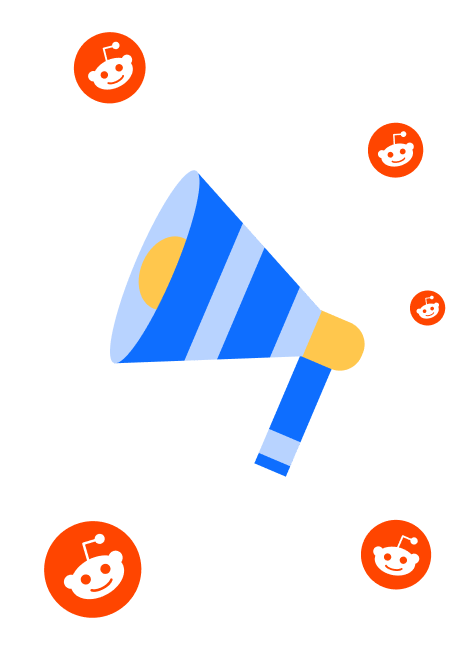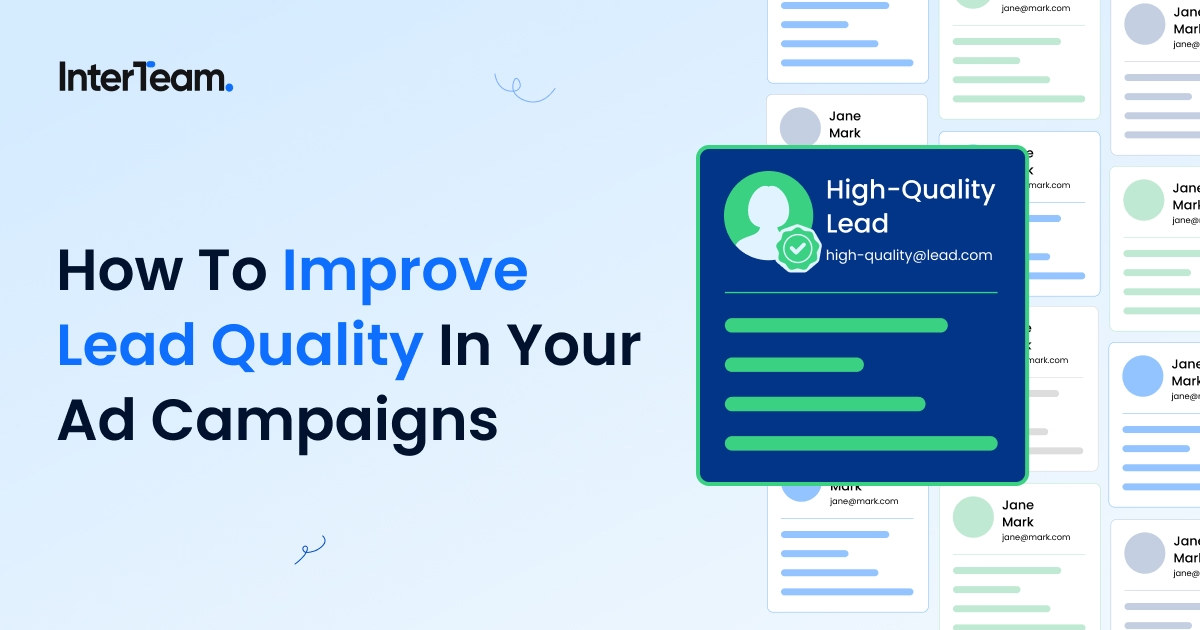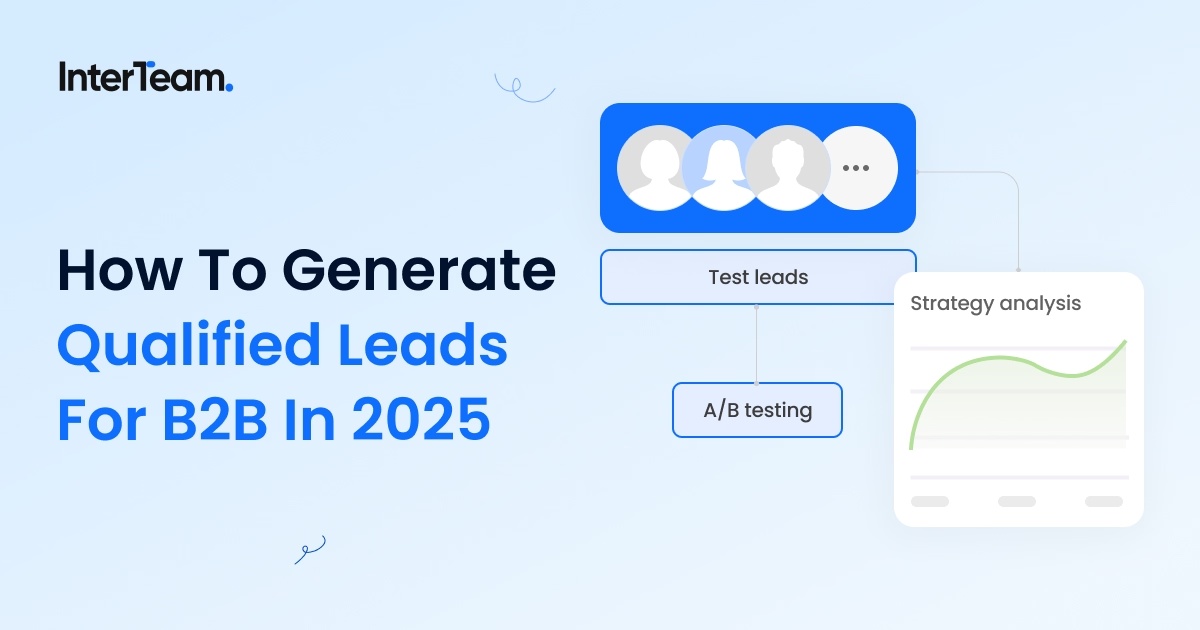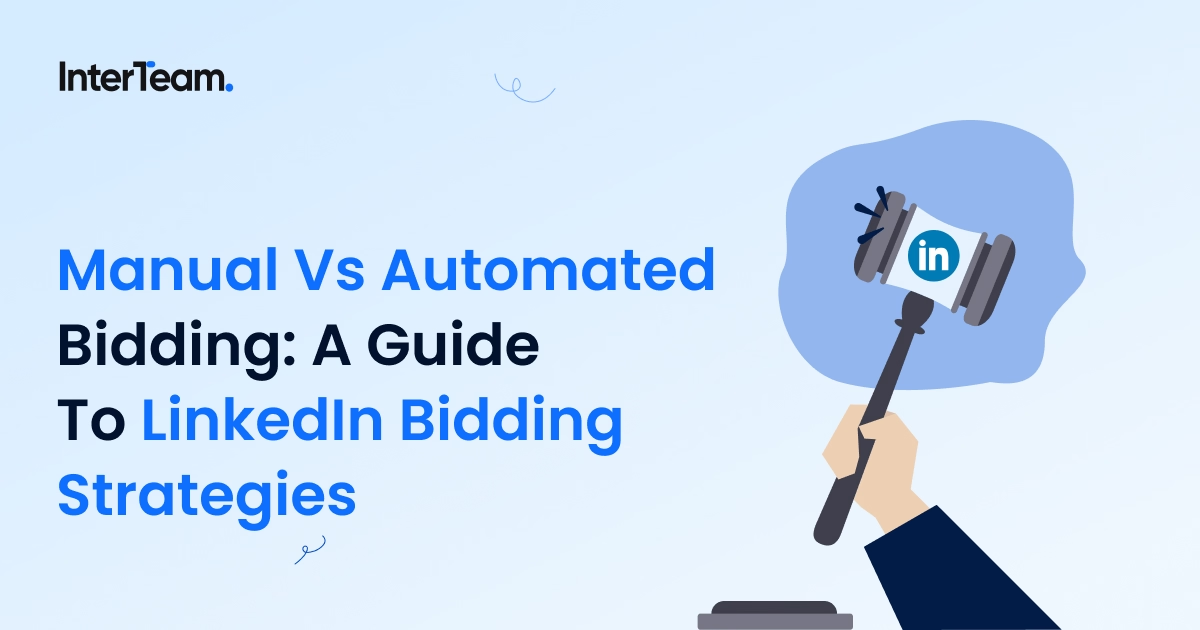A Complete Guide To LinkedIn Lead Gen Ads
According to Unbounce’s Conversion Benchmark Report, the median landing page conversion rate across industries is just 6.6%. That's not very high, and it is often much lower for B2B industries.
LinkedIn introduced its Lead Gen Ads to solve this problem. Instead of asking people to click through to a landing page, these ads open a pre-filled form right inside the platform. It's a seamless process with no extra steps or friction, and that small shift makes a big difference in how many people complete the form.
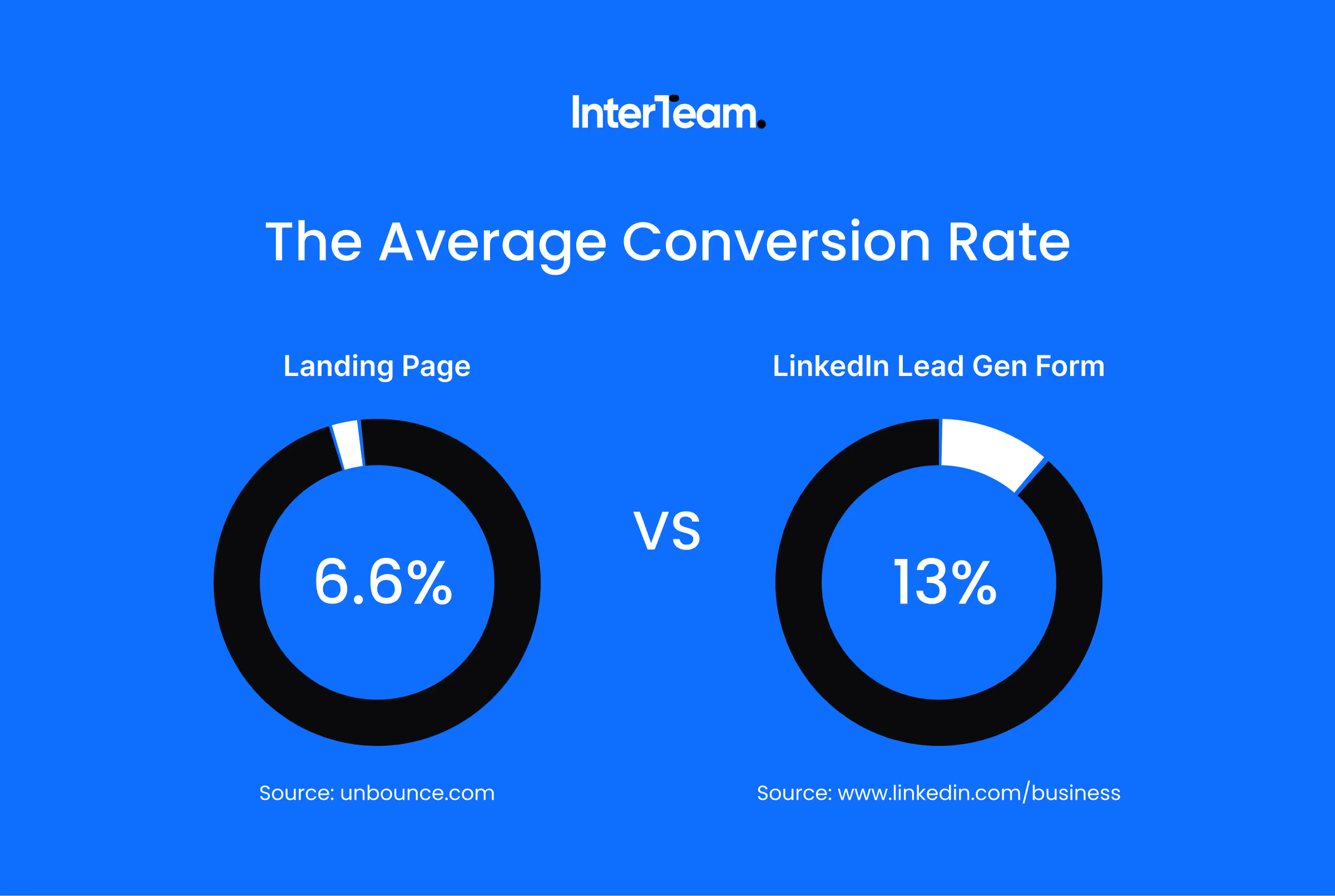
According to LinkedIn, the average conversion rate for LinkedIn Lead Gen Forms is around 13%. That’s double the average conversion rate for a landing page!
In this guide, we’ll walk through how LinkedIn Lead Gen Ads work, how to set them up the right way, and the steps that keep conversions high once your campaigns go live.
What Are LinkedIn Lead Gen Ads and Why Do They Convert So Well
LinkedIn Lead Gen Ads are a native ad format with a prefilled form built directly into the ad. They can take the form of a variety of ad types, but the key is that they integrate with the platforms Lead Gen Forms that allow you to capture information without leaving LinkedIn.

This results in high conversion rates for two reasons:
- Lead Gen Forms are very easy to fill because the fields are autofilled, so you can often complete the form without typing at all or just typing out one or two fields.
- The entire post-click experience exists within the ad itself, so you don’t have to worry about people bouncing to another page or conversion rate issues on the landing page.
This setup is simple and fast, making it perfect for quick conversions, especially on mobile, where long forms and slow load times tend to cause people to abandon.
The problem is that Lead Gen Forms are so effective that many marketers forget to optimize them. But to have the best results, you have to build them the right way. Here’s the process we use to create LinkedIn ads that convert.
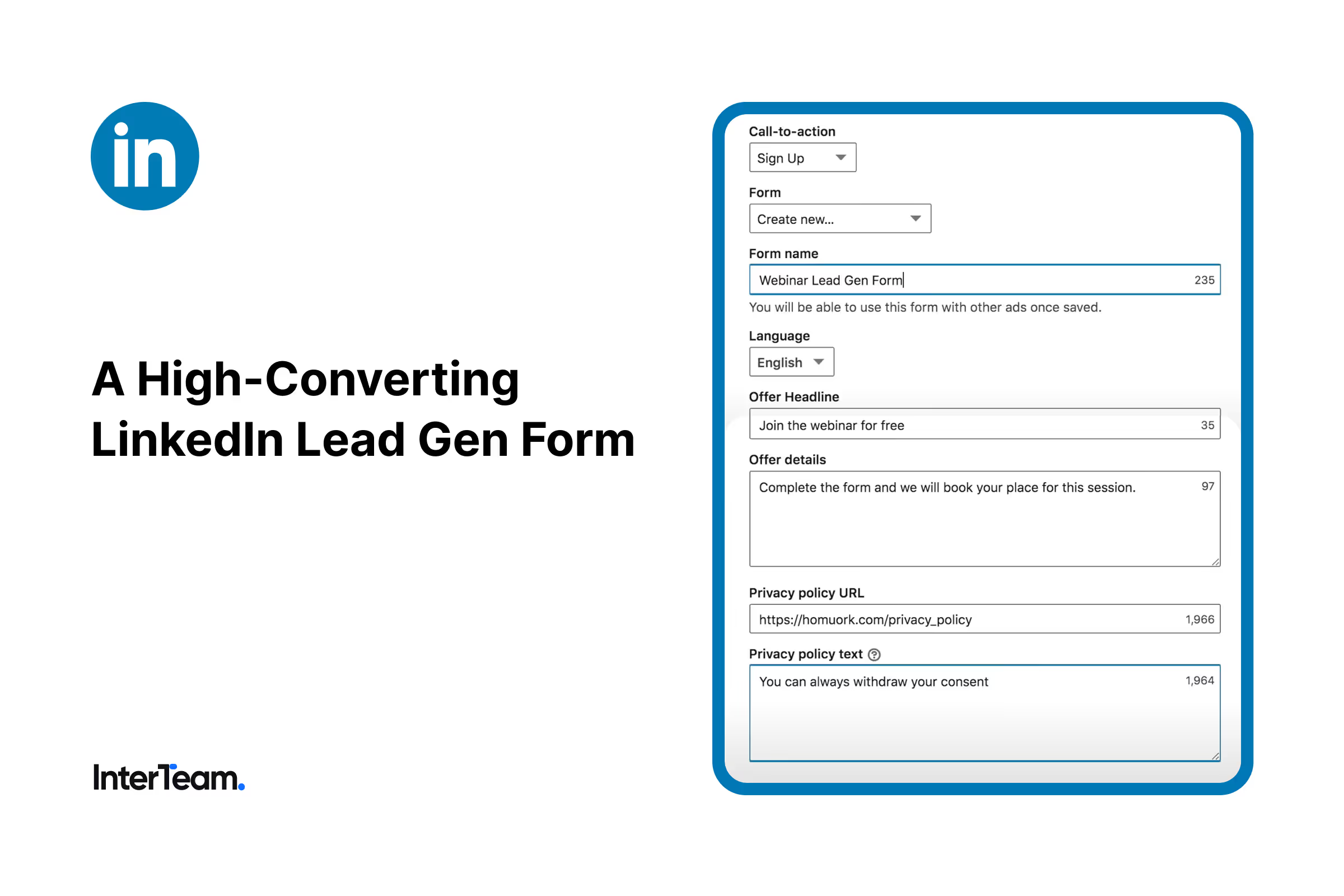
How to Build a High-Converting LinkedIn Lead Gen Form
1. Choose a Campaign Type and Ad Format That Supports Lead Gen Ads
Once the offer is locked in, the next step is choosing the ad format you want to use to promote it.

To create a Lead Gen Ad, the campaign objective has to be set to “Lead Generation.” This unlocks the native form and ensures LinkedIn optimizes for submissions.
From there, the form can be attached to different formats, including:
- Single Image Ads
- Carousel Ads
- Video Ads
- Document Ads
- Conversation Ads
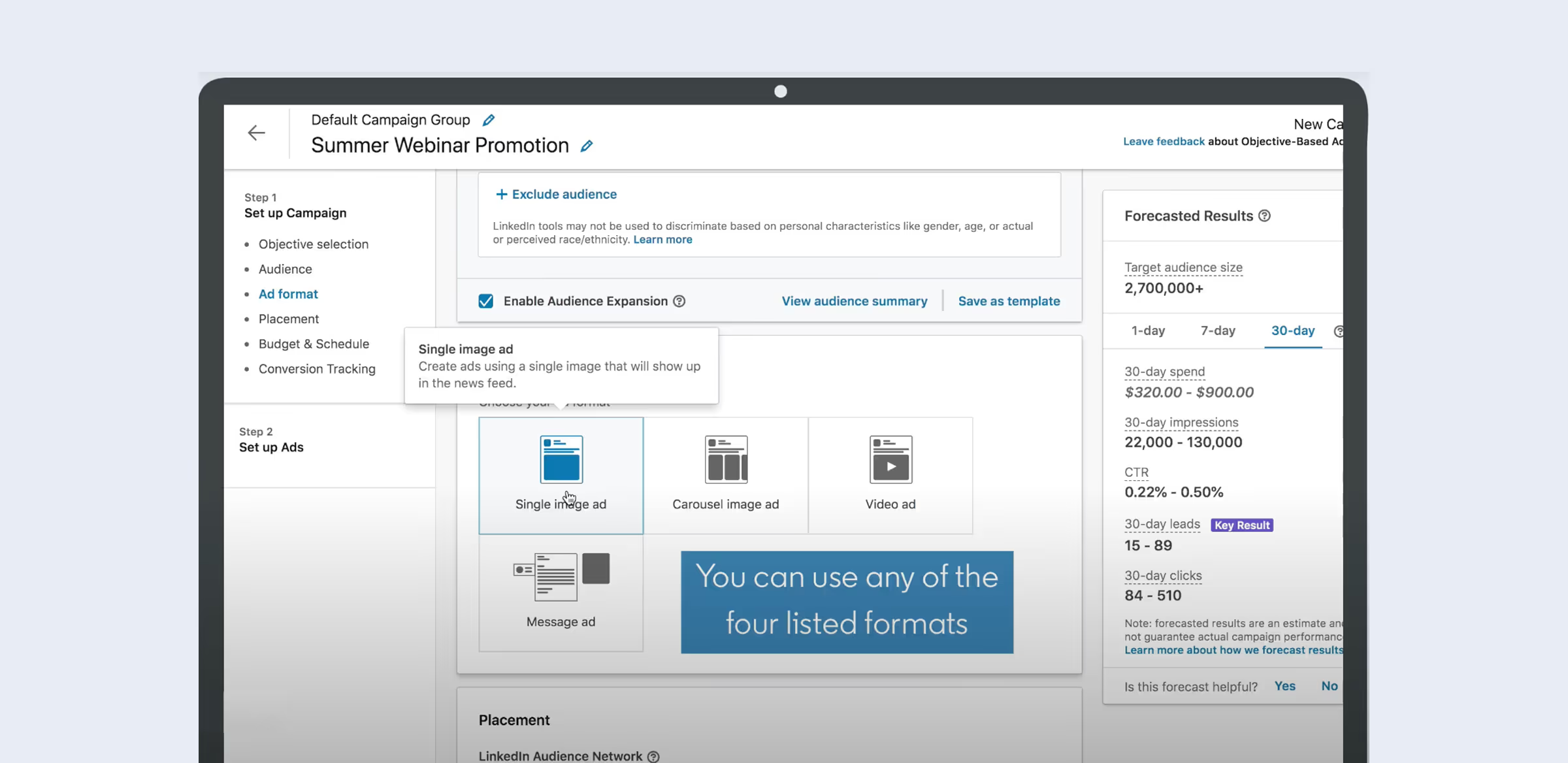
All of these formats support the same form experience, but the choice comes down to which format fits the type of offer you’re running. For example, a short guide will be best promoted with Document ads or carousels promoting multiple guides, while a webinar or a demo is best promoted using video or single image ads.
2. Choose the Right Offer and Call to Action
The first step is deciding what you’re going to offer. This is the element that will make your audience want to fill the form, and your offer should match the action you want your audience to take.
- Cold audiences: keep it light with a guide, checklist, or template. These are easy entry points that help you start the relationship and tend to have significantly higher conversion rates. For these campaigns you’ll want to try using “Download Now” or “Learn More” as your primary CTAs.
- Warmer audiences: you can use CTAs like “Request a demo”, “Sign up” or “Get a quote” for higher friction calls to action that are great for audiences that have already engaged with your brand and have shown some level of intent.
The key is to match the offer to intent. Lead magnets help fill the pipeline, while demos and trials move active buyers closer to a decision.
3. Optimize Your Form Copy
The ad is only the first part of the journey for lead gen ads. The second part is the form that displays after you click on the ad. It’s extremely important that you optimize your lead gen form copy and creatives to ensure that your lead form conversion rates are as high as possible.
- Form Headline – The headline should outline exactly what the offer is. It should be short and clear so that leads immediately know why they need to fill the form.
- Form Details – Use the ad headline to set the hook and then describe the offer in more detail in the Form Details field below. Trying to emphasize who it’s for or what problem it solves typically does the trick.

4. Decide Whether to Use a Banner in your Lead Gen Form
LinkedIn gives you the option to place a banner image behind the form. The banner displays after opening the lead form and is often used to highlight additional information about the brand, reinforce the offer being promoted on the form or add some final social proof, like badges or accolades to help the lead convert.
Note: LinkedIn recommends using the following size for your Lead Form banner image: 552px x 200px. Using a lead form banner is not mandatory.
5. Set Up Your Form Fields
The fields you choose decide two things: how easy the form is to complete and how useful the data will be once it reaches sales.

Most of the basics can be pulled straight from a user’s profile:
- Contact – name, email, phone number, LinkedIn profile URL
- Work – job title, function, seniority
- Company – company name, size, industry
- Education – degree, field of study, school
- Demographic – gender
On top of that, you can add up to three custom questions. These are useful if you need qualifiers like budget, timeline, or team size.
LinkedIn technically allows up to 12 fields per form, but best practice is closer to three or four. Short forms get you more names, longer forms filter for fewer but higher quality leads.
For cold traffic, keep it light with the prefilled basics. For warmer accounts, add a custom question or two so sales know who to prioritize.
The rule of thumb is simple: don’t ask for information your sales team won’t actually use in the next step.
6. Optimize Your Thank You Message

The thank-you screen is more than a polite formality. It’s an opportunity to educate the lead further. Don’t end the conversation with a simple “Thanks for reaching out”.
Instead, use the message to give people immediate access to what they signed up for. If they filled out the form for a guide, put the download link right there. If it's a demo request, let them book time on your calendar without leaving LinkedIn.
At the same time, use the space to nudge them toward the next step. Point them to a case study, a template library, or even a free trial. It doesn’t have to be long. A single clear line is enough. “Here’s your guide. Want to see how other teams use it? Check out this case study.”
Handled this way, the thank-you screen stops being a dead end and starts building momentum toward the next action.
7. Connect Your CRM or Automation Tool
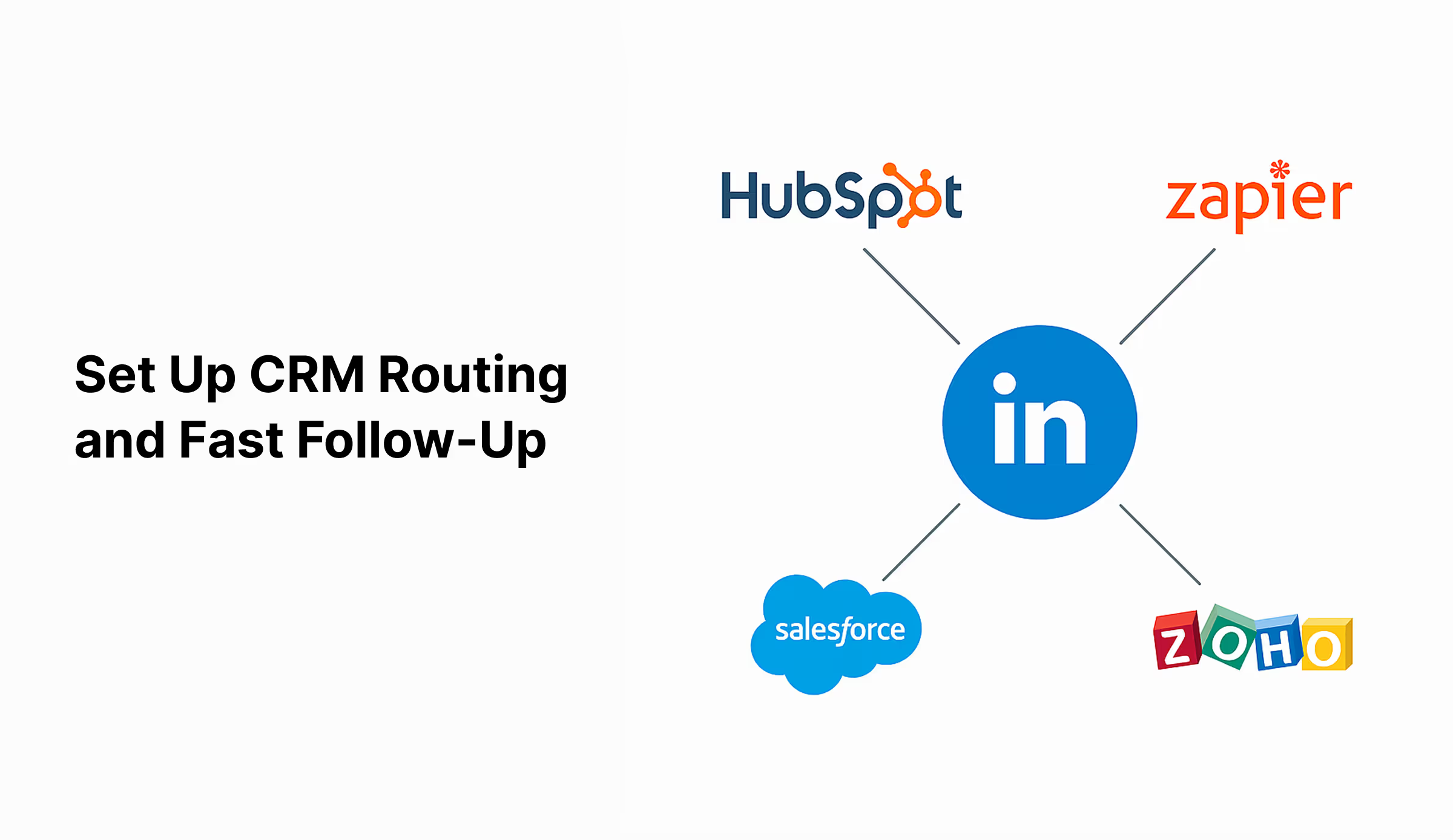
Getting the lead is only half the job. If the handoff to sales or nurture breaks down, the rest of the system falls apart.
If you’re using HubSpot, Salesforce, or a tool like Zapier, hook it up from day one. That way, leads route automatically, sales are notified right away, and your team can follow up while the interest is still fresh. Setting up custom workflows also allows you to score leads, assign them to the right rep, and trigger automated email sequences without delay.
If you’re not integrated, you’ll need to download leads manually. It works, but don’t wait. Follow up within 24–48 hours max, and track whether sales are converting these leads effectively.
LinkedIn makes it easy to pass form data into most CRM platforms. Build the system early so every lead gets acted on quickly and consistently.
8. Launch and Optimize for CPL
Once your offer, targeting, form, and follow-up are in place, it’s time to launch. But the real work starts after your campaign goes live.
Watch the numbers closely. Form opens vs. completions will tell you where the friction is. If people click but don’t submit, it’s probably your fields, offer, or copy.
Test everything, including ad creative, format, form length, and CTA. Changing the button text is one of the easiest A/B tests to start with, and often improves results quickly. Even small adjustments can make a big difference.
At the same time, you want to keep an eye on whether sales are converting the leads effectively. Custom workflows in HubSpot or Salesforce should be set up so sales are notified instantly and automated email follow-ups go out without delay.
Rotate creative every few weeks to avoid fatigue. And if performance starts dropping, don’t guess. Check where the drop-off starts and fix from there.
Quick Tips to Optimize Your LinkedIn Lead Gen Ads
Once your ad is live, the small adjustments you make will often decide whether performance improves or stalls. Here are some quick wins we’ve seen make a difference:
- Use a call-to-action button that matches the offer. Testing variations like “Download Now” vs. “Get the Guide” is an easy way to start A/B testing.
- Experiment with formats. If static images aren’t pulling clicks, try carousel, video, or conversation ads.
- Test different forms with different offers to see which convert best.
- Prioritize qualified leads by company size or email domain so sales can focus on accounts that matter.
- Refresh ad creative every couple of weeks to avoid fatigue.
- Test banners in forms against a clean backdrop to see which improves completion rates.
- Don’t reuse the same lead gen form for every campaign. Build one that matches the specific offer.
- Keep the message consistent from ad to form to thank-you screen. Any disconnect hurts conversion.
- Use Document Ads when promoting guides, ebooks and PDFs. According to LinkedIn, Document ads have 2x higher conversion rates than other LinkedIn ad types, so you’ll definitely want to test these.
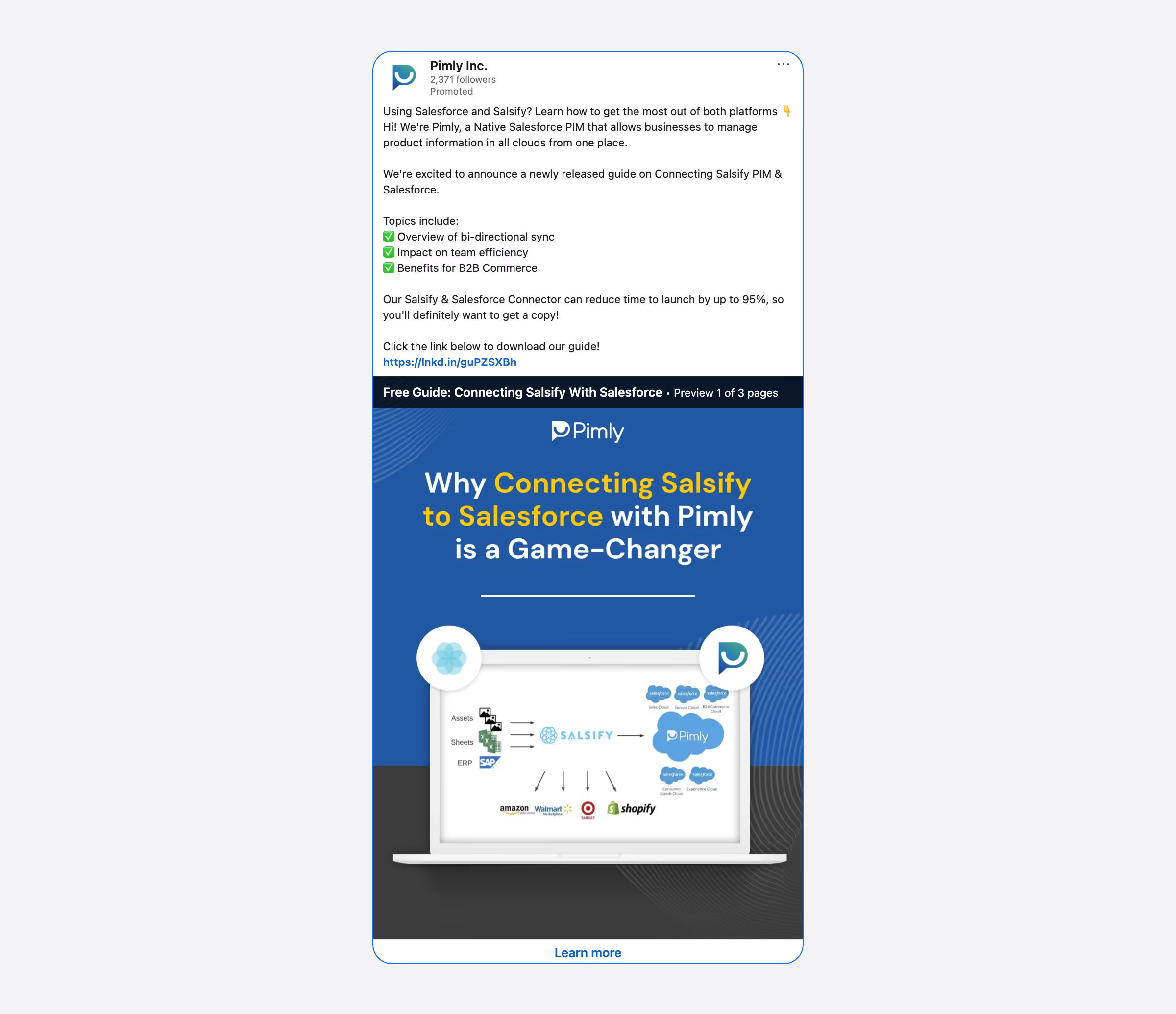
None of these takes long to implement, but together they create a cleaner setup that tends to improve results on its own.
LinkedIn Ads Case Studies With Real Results

As a LinkedIn Ads Agency, we’ve run campaigns for B2B brands in SaaS, tech, and professional services. Many of the best results came in part from using LinkedIn Lead Gen Ads to remove friction and capture interest directly on the platform. You can see how these native ad forms supported larger strategies in the case studies below.
- CoDev – Tripled lead volume and cut CPL by more than half.
- Celayix – Achieved a 218% lift in conversion rate.
- Pimly – Generated 60+ qualified leads in five months.
- Expert Press – Delivered $100K in ROAS within two months.
Want Us To Make Your LinkedIn Lead Gen Ads?
We’ve used this system across dozens of B2B campaigns to grow lead volume, lower CPL, and improve conversion rates throughout the funnel. When every piece works together, the results follow.
If your LinkedIn ads aren’t delivering the way they should, we’ll help you find the problem. Whether it’s targeting, form setup, or sales handoff, we’ve seen where most campaigns stall and how to turn them around.
Book a free strategy call and let’s map out how to apply this to your business.
Template question
Template text answer

